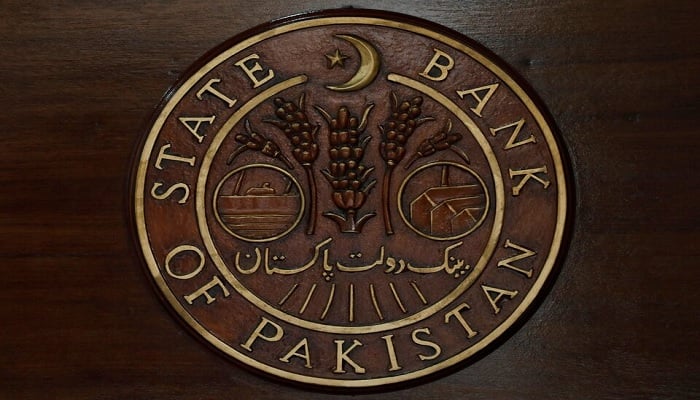
The State Bank of Pakistan (SBP) on Monday cut its key interest rate by 250 basis points to 15%, the fourth straight cut as inflation remains in single digits until October.
Analysts as well as independent economists widely believe the central bank will cut its key interest rate further at the policy meeting, as policymakers continue their efforts to revive the fragile economy as inflation eases from its recent record highs.
The Bank of England’s Monetary Policy Committee noted that “inflation fell faster than expected and reached near the medium-term target range in October,” adding that “the tight monetary stance continues to play an important role in maintaining the downward trend.” . inflation trend.”
The Monetary Policy Committee, which met on Monday to decide the rate, attributed the decline in inflation to the sharp decline in food inflation, favorable global oil prices and the absence of expected adjustments in gas tariffs and petroleum development levy (PDL) rates in recent months.
The statistics office says CPI inflation in the South Asian country averaged 8.7% in the current fiscal year, which began in July. The International Monetary Fund expects inflation to average 9.5% for the year ending in June.
While the economy has gradually begun to recover, and inflation has fallen sharply from a multi-decade high of around 40% in May 2023, analysts say further interest rate cuts are needed to boost growth.
The inflation rate in October was 7.2%, slightly above the government’s expectations of between 6% and 7%. The Ministry of Finance expects inflation to slow further to 5.5% to 6.5% in November.
However, inflation may rise again in 2025, driven by electricity and gas price increases following a new $7 billion bailout from the International Monetary Fund, and the potential impact of taxes on the retail, wholesale and agricultural sector announced in the June budget that will take effect in 2025. January 2025, some analysts say.
However, taking into account the inherent risks associated with these factors, the MPC has estimated that near-term inflation may remain volatile before stabilizing within the target range.
The central bank has cut its benchmark interest rate to 17.5% from an all-time high of 22% in three consecutive policy meetings since June, after last cutting it by 200 basis points in September.
Most respondents to a Reuters poll last week expected a 200 basis point cut after inflation fell sharply from a multi-decade high of around 40% in May 2023, saying the cuts were necessary to boost growth.
Economic activity has stabilized since last summer when the country came close to default before the International Monetary Fund’s eleventh-hour bailout.
The IMF, which in September gave a boost to Pakistan’s faltering economy by approving a long-awaited $7 billion facility, said the South Asian country had taken major steps to restore economic stability through consistent implementation of policies under the 2023-24 standby arrangement.
In its latest October report, the International Monetary Fund expected Pakistan’s GDP to grow at 3.2% for the fiscal year ending June 2025, up from 2.4% in fiscal 2024.
